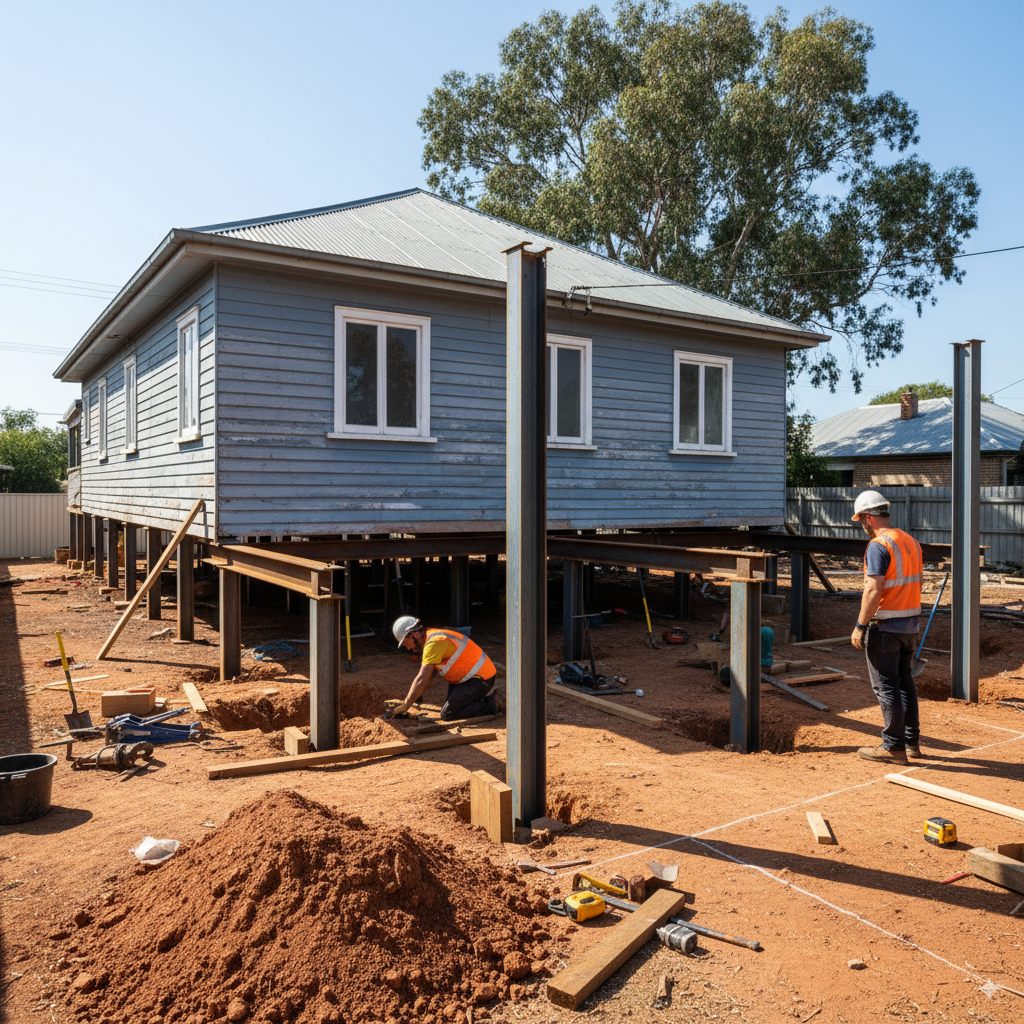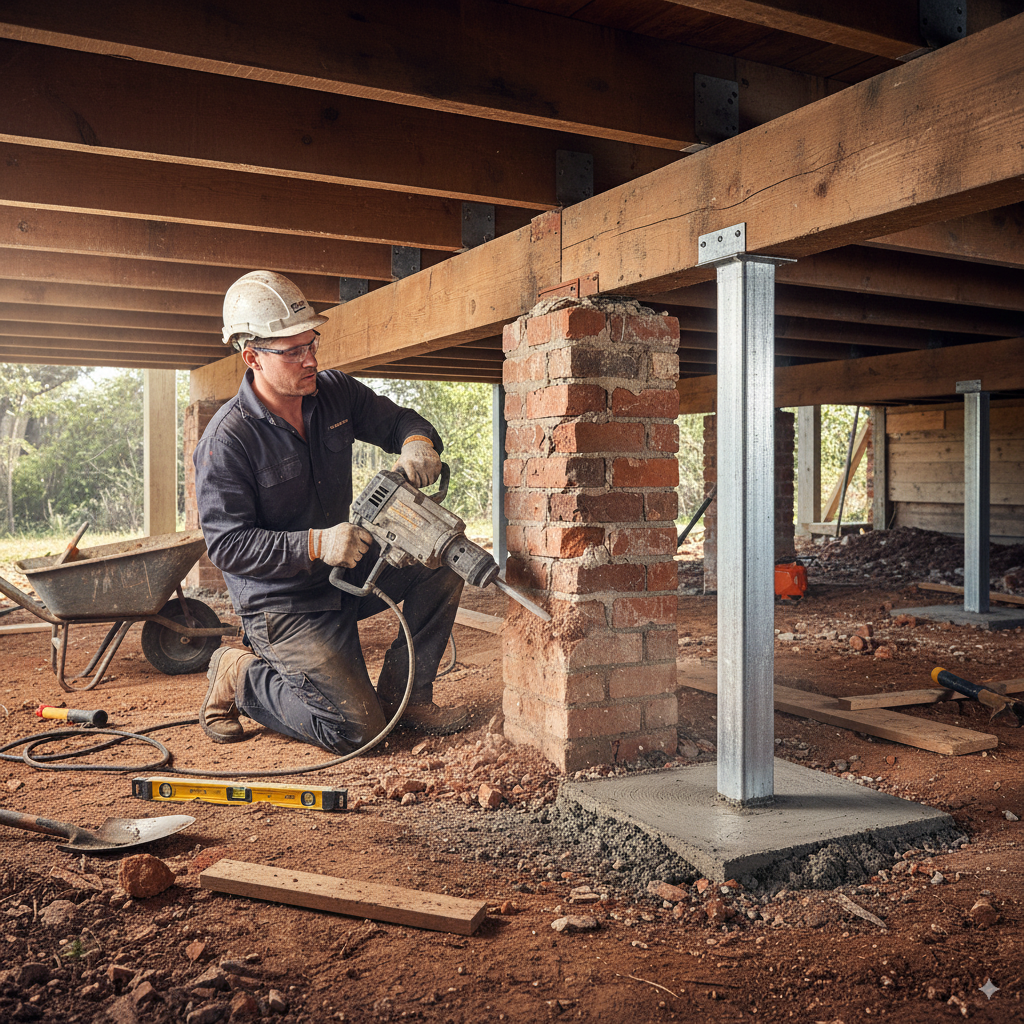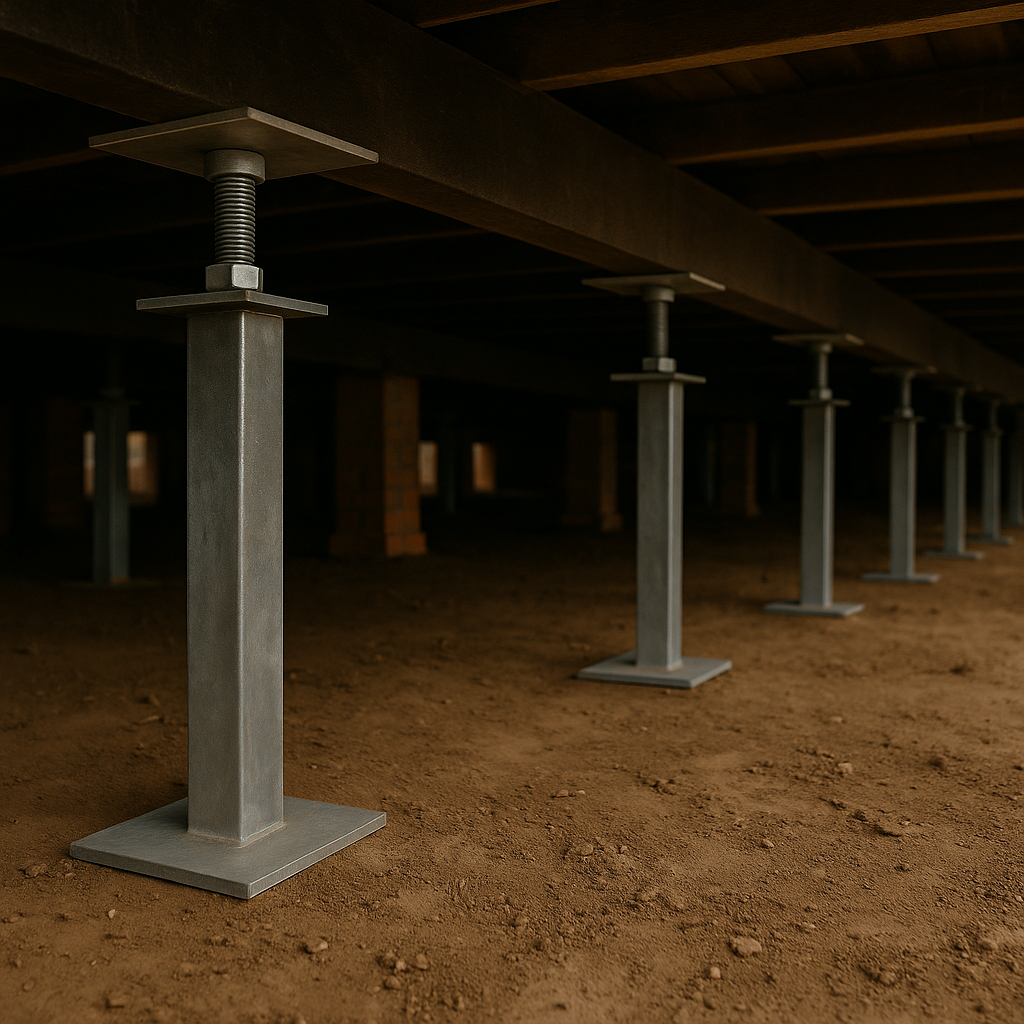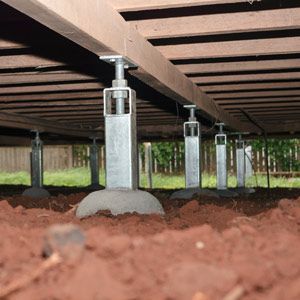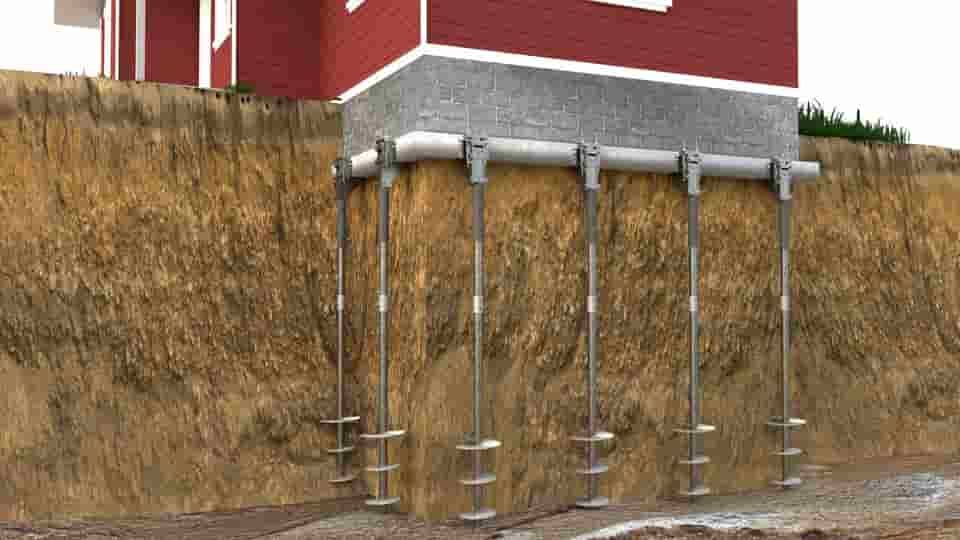What Causes Uneven Floors in Sydney Homes and How to Fix Them
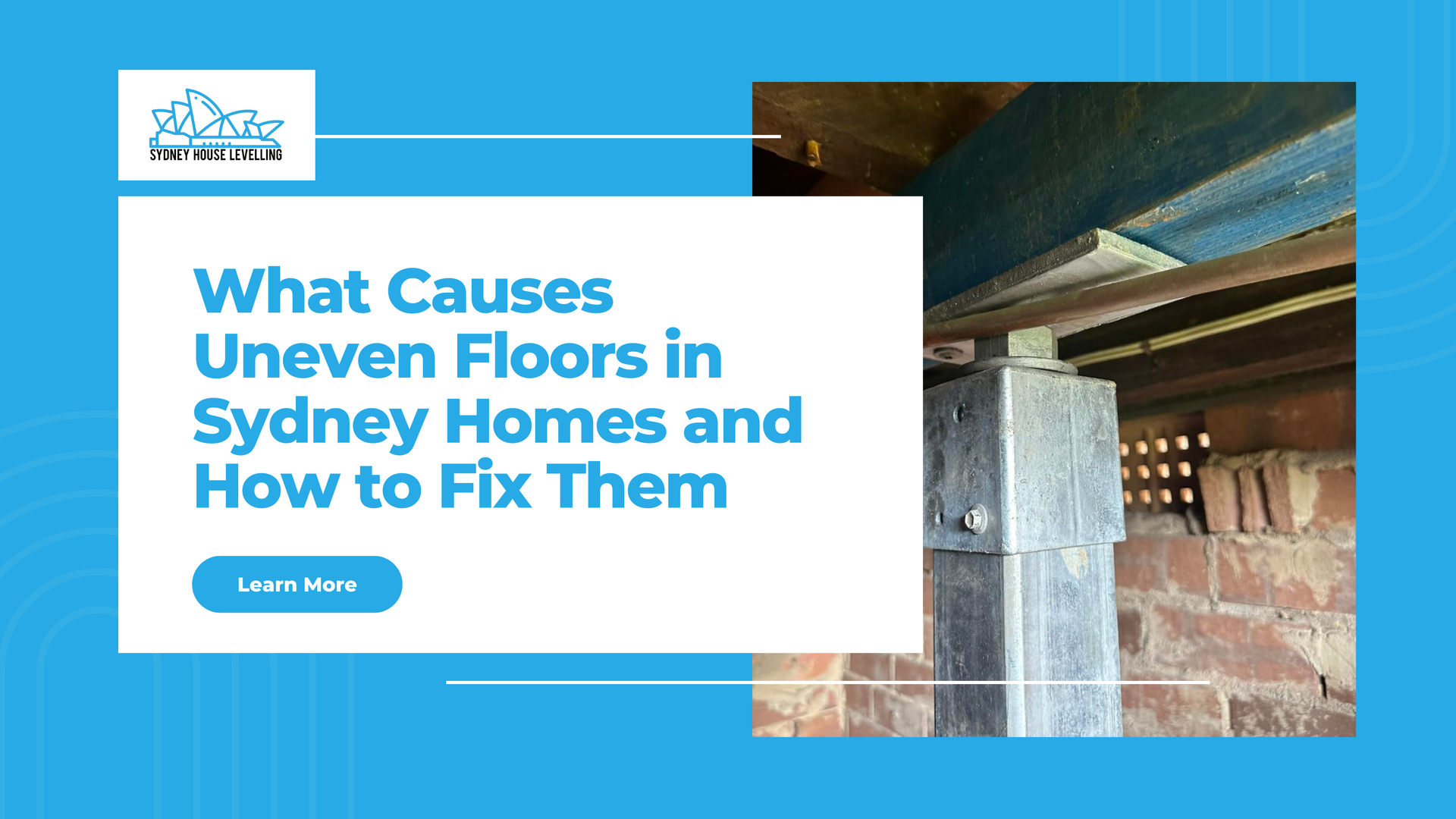
What Causes Uneven Floors in Sydney Homes and How to Fix Them
Ever walked across your lounge room and felt like you were slightly uphill? Or noticed your furniture doesn’t sit quite right, even after a bit of adjusting? You’re probably dealing with uneven floors, and while they might seem like just an odd quirk, they can be a sign of deeper structural issues under your home.
Here’s what causes them, what they could mean for your house, and how you can sort them out for good.
Why Are My Floors Uneven?
Sydney homes cop a lot – shifting soil, sudden storms, ageing materials, and the occasional dodgy extension job. All of these can mess with the stability of your floors over time. Here are some of the usual suspects:
1. Foundation Movement
Sydney’s soil types vary heaps depending on where you live — coastal sand, clay, or rock. Some of these expand and contract when wet or dry, which causes the ground (and your home’s foundation) to move or sink. That movement shows up as sloping or dipping floors.
2. Water Damage or Drainage Issues
Leaky pipes, blocked gutters, or poor stormwater drainage can cause water to pool under your home. When that happens, the soil washes away or softens, leading to sinking foundations or piers. Left unchecked, this can cause serious structural issues.
3. Old Timber Stumps or Supports
If your home was built before the ‘80s, it might be resting on timber stumps. Over time, those can rot, shift, or get eaten by termites — especially in Sydney’s humid conditions. As they break down, your floor goes with them.
4. Uneven Add-Ons or Renovations
It’s not uncommon for extensions or renovations to be built on different footing systems or slab levels. If they weren’t properly levelled from the start, or if one side of the house settles differently over time, the join between old and new can become very noticeable underfoot.
So, How Do You Fix Uneven Floors?
Good question. The right fix depends on the cause, but it’s never a one-size-fits-all job. Here’s how house levelling experts in Sydney (like us) tackle it:
Structural Levelling or Reblocking
If your home sits on stumps or piers, we can lift and level the house by replacing or adjusting them. This process, called reblocking or restumping, helps reset the structure back to where it should be.
Underpinning Foundations
If your concrete slab or footing is sinking, we might recommend underpinning — a method where we install new supports under the existing foundation to stabilise and strengthen it.
Floor Levelling for Surface Fixes
If the problem’s mostly cosmetic, like a slightly uneven slab or high spots, we can use floor levelling compounds to create a smooth surface, especially before laying new flooring.
Don’t Ignore Uneven Floors
It might start with a bit of creaking or a wobble underfoot, but uneven floors can quickly turn into bigger and more expensive problems. Cracked walls, sticking doors, sagging floors — all of it can be traced back to foundation issues if left too long.
Need Help from a
Sydney House Levelling Pro?
Whether you’re just starting to notice a dip or it’s already got you worried, we can help. At Sydney House Leveling, we’ve worked on homes all over the city — from older weatherboards to newer builds — and know exactly how to get things sorted.
- Free inspections
- Honest advice (no fluff)
- Long-term, guaranteed fixes
Let’s get your floors level and your house back on solid ground.
Contact us today!

